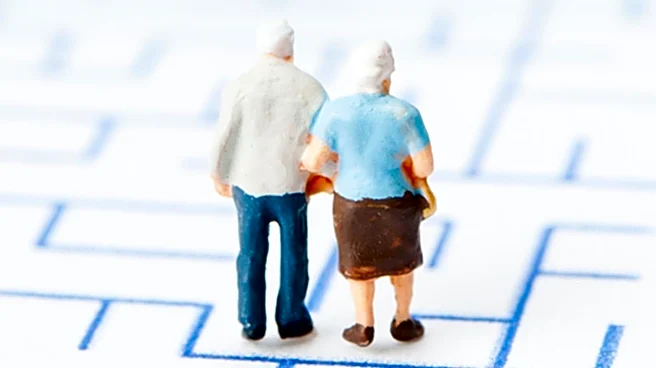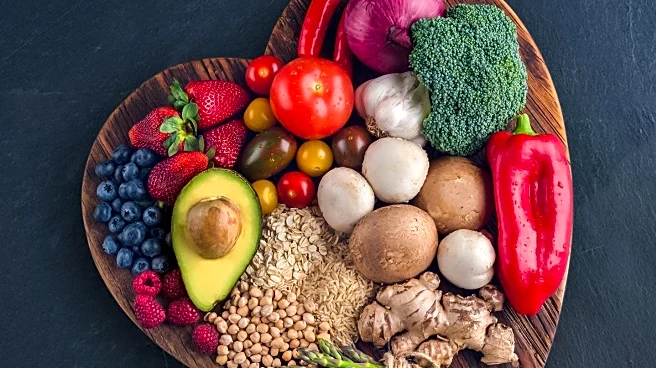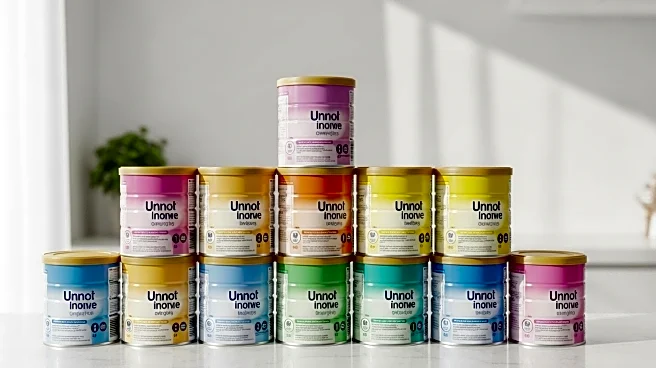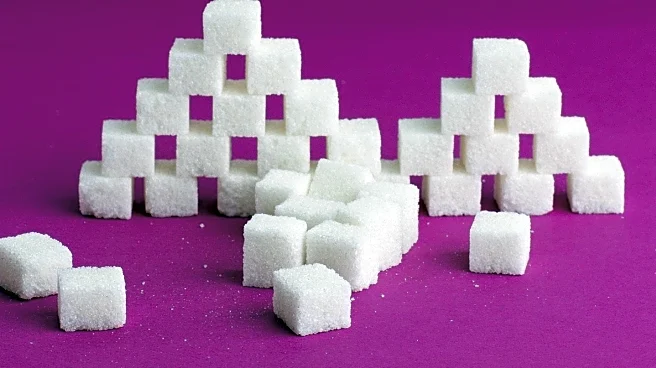What's Happening?
Dr. Elizabeth Landsverk, a geriatrician and dementia expert, discusses how alcohol affects the body differently as people age. According to the 2020-2025 Dietary Guidelines for Americans, moderate drinking is defined as up to two drinks per day for men and one for women. However, Landsverk notes that the body's ability to metabolize alcohol diminishes with age, particularly due to the loss of the enzyme alcohol dehydrogenase. In younger years, the liver and brain are more resilient, but as individuals enter their 30s and 40s, health risks such as obesity, diabetes, and hypertension can exacerbate the negative effects of alcohol. By the time individuals reach their 50s and 60s, even moderate drinking can increase the risk of various cancers and impact sleep quality.
Why It's Important?
Understanding the impact of alcohol on aging bodies is crucial for public health, especially as the U.S. population ages. The increased risk of diseases such as liver cirrhosis, heart attacks, strokes, and certain cancers highlights the need for awareness and potentially revised guidelines for alcohol consumption among older adults. This information is vital for healthcare providers and policymakers to develop strategies that address the unique health challenges faced by aging populations. It also underscores the importance of personalized health advice, considering individual health conditions like obesity and hypertension.
What's Next?
As awareness grows about the effects of alcohol on aging bodies, there may be increased advocacy for revising public health guidelines to better reflect the risks associated with alcohol consumption in older adults. Healthcare providers might focus more on educating patients about the risks and benefits of alcohol consumption, particularly for those with pre-existing health conditions. Additionally, there could be a push for more research into alternative social activities that promote health without the risks associated with alcohol.
Beyond the Headlines
The discussion around alcohol and aging also touches on broader societal issues, such as the cultural norms surrounding alcohol consumption and the social pressures to drink. As the population ages, there may be shifts in how alcohol is perceived and consumed, potentially leading to changes in social behaviors and attitudes towards drinking. This could also influence the alcohol industry, prompting them to consider new products or marketing strategies that cater to older demographics.











